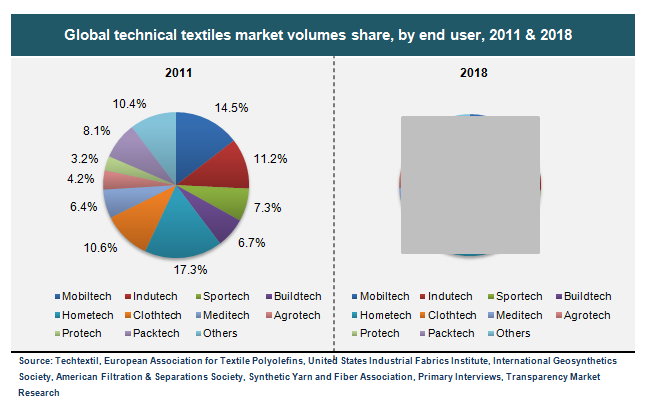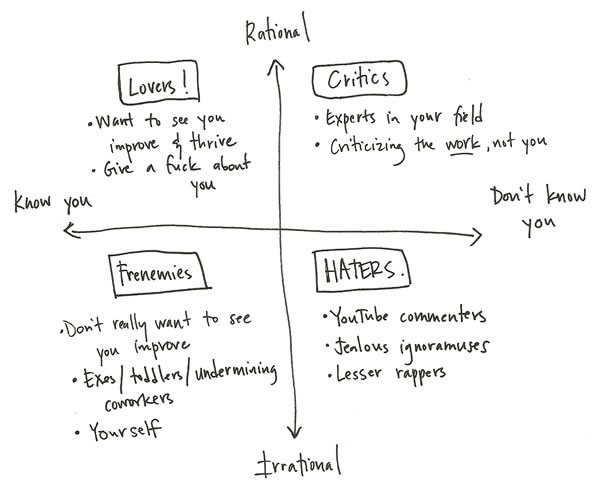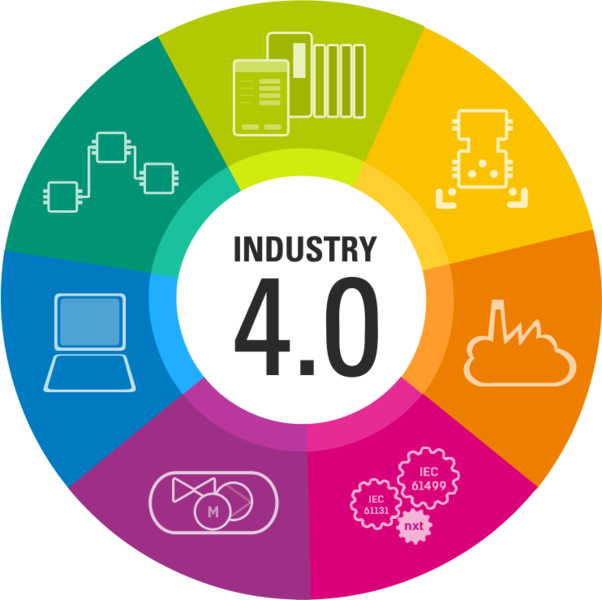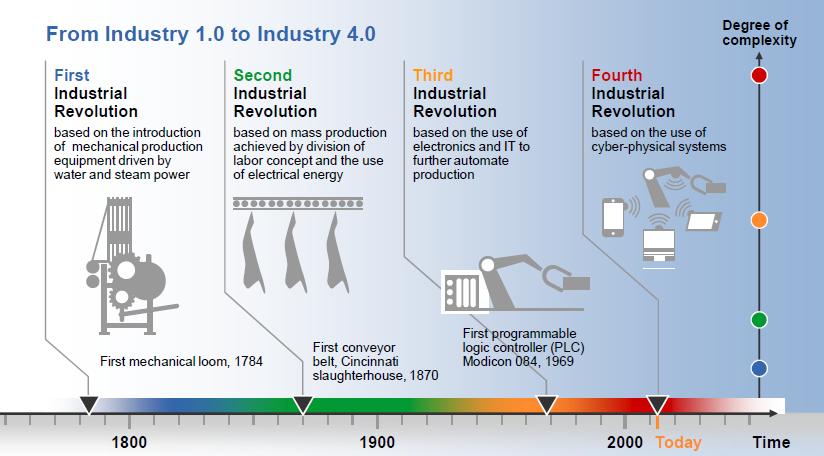1
Textile Engineering / প্রতিটি সন্তানের বুকের গভীরে থাকুক বাবা-মায়ের জন্যে অন্তহীন ভালোবাসা
« on: March 25, 2019, 01:38:58 PM »
অনাগত সন্তানকে পৃথিবীর আলো দেখানোর স্বপ্নে বিভোর প্রতিটি মা-ই জানেন যে, জন্মদানের মুহূর্তে তার নিজের জীবন প্রদীপটুকু নিভে যাবার সম্ভাবনাও শতভাগ। তবুও কি তার স্বপ্ন দেখা থেমে থাকে ! সন্তানের মুখখানা দেখে মৃত্যুকে আলিঙ্গন করার মাঝেও যেন সুখ ! …অতঃপর জীবনের অন্তিম মুহূর্ত পর্যন্ত মায়েদের ত্যাগের কথা আর না-ই বলি…
নীরবে, নিঃশব্দে, নিভৃতে একজন বাবা দিনের অধিকাংশ সময় ব্যয় করেন আয়ের পিছনে ছুটে। সন্তানের মুখে ভালটা তুলে দিবে বলে… পছন্দের জামাটা কিনে দিবে বলে… কিংবা লেখাপড়ার সীমাহীন খরচ মেটাবে বলে… । নিজের সুখটুকু বিসর্জন দিয়ে, নানান কায়দায় অর্থ সাশ্রয় করে সন্তানের জন্যে সুখ কেনেন বাবা’রা ।
বিলিভ ইট অর নট, এটাই শাশ্বত সত্য, ” সন্তানের প্রতি বাবা-মা’র ভালোবাসাই পৃথিবীর নিঃস্বার্থ ভালোবাসা” ।
প্রতিটি সন্তানের বুকের গভীরে থাকুক তাদের বাবা-মায়ের জন্যে অন্তহীন ভালোবাসা …
নীরবে, নিঃশব্দে, নিভৃতে একজন বাবা দিনের অধিকাংশ সময় ব্যয় করেন আয়ের পিছনে ছুটে। সন্তানের মুখে ভালটা তুলে দিবে বলে… পছন্দের জামাটা কিনে দিবে বলে… কিংবা লেখাপড়ার সীমাহীন খরচ মেটাবে বলে… । নিজের সুখটুকু বিসর্জন দিয়ে, নানান কায়দায় অর্থ সাশ্রয় করে সন্তানের জন্যে সুখ কেনেন বাবা’রা ।
বিলিভ ইট অর নট, এটাই শাশ্বত সত্য, ” সন্তানের প্রতি বাবা-মা’র ভালোবাসাই পৃথিবীর নিঃস্বার্থ ভালোবাসা” ।
প্রতিটি সন্তানের বুকের গভীরে থাকুক তাদের বাবা-মায়ের জন্যে অন্তহীন ভালোবাসা …









